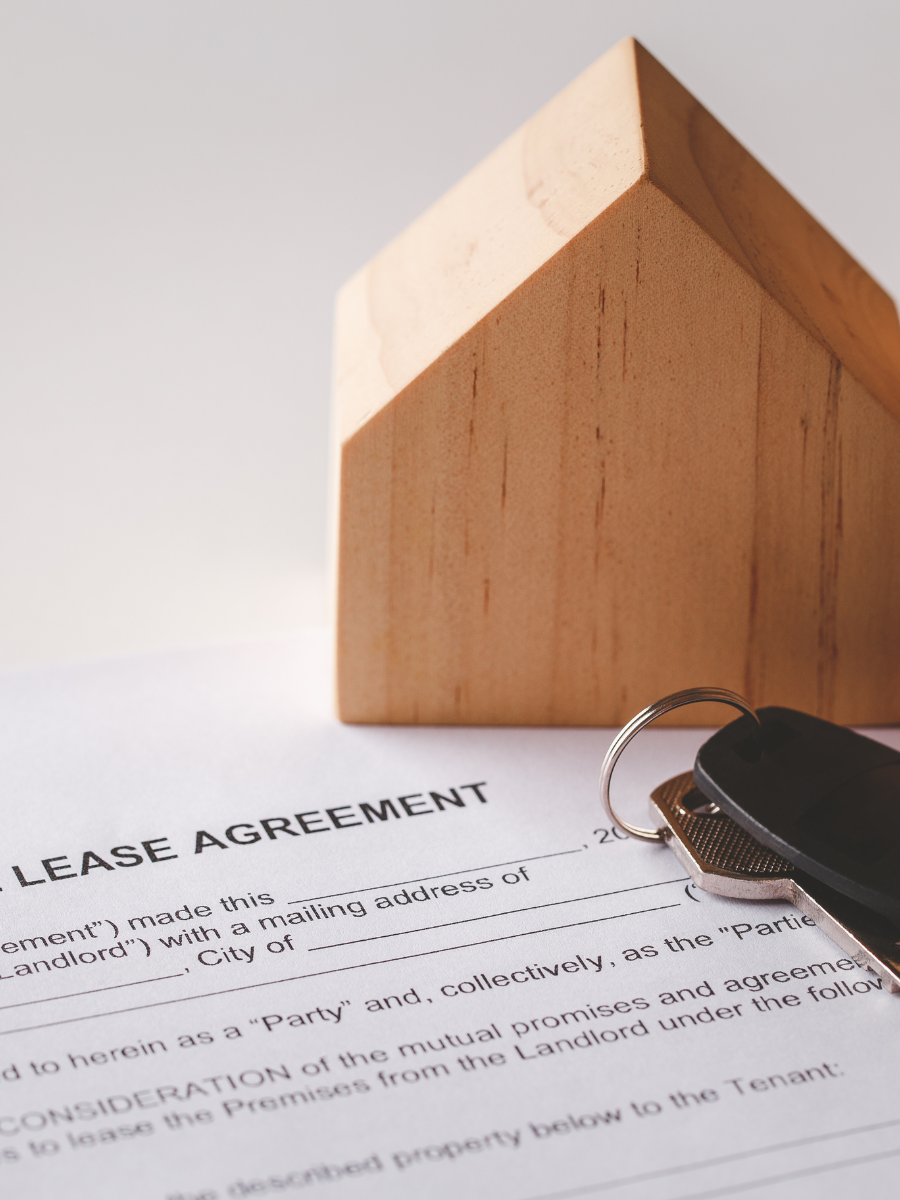First-Time Renter’s Guide: Finding and Renting Your First Home
Renting your first place is an exciting milestone, but it can also be daunting. Here’s a step-by-step guide to help you navigate the process, from setting a budget to signing the lease.
DECIDE WHETHER TO RENT OR BUY
When looking for a place to live, the first decision is whether to rent or buy. Renting offers flexibility, less upfront cost, and fewer maintenance responsibilities than homeownership. It’s a good option if you’re still exploring neighborhoods, building savings, or unsure where you want to settle.
Ask yourself:
How long do you plan to stay?
Can you handle potential repair and maintenance costs if you buy?
Is it a good time to buy in your chosen area, or is renting more affordable?
If you’re not yet ready to commit to a property or location, renting is often a smart choice.
DETERMINE YOUR RENTAL BUDGET
Your rental budget is crucial for finding a comfortable and financially sustainable home. Typically, financial experts recommend that you spend no more than 30% of your monthly income on rent, though this may vary depending on local rental prices and your financial goals.
Consider:
Monthly rent cost
Utilities (electricity, water, internet)
Security deposit (usually 1-2 months' rent)
Moving expenses (e.g., truck rental, movers)
Renter’s insurance (can help protect you from liability and loss)
Pro Tip:
Plan a bit below your maximum budget to leave room for other expenses and unexpected costs.
START YOUR RENTAL SEARCH
Once you have a budget, start looking for available rentals that meet your needs. Consider factors such as neighborhood, commute, amenities, and safety.
Where to Search:
Real estate websites and apps
Local rental agencies
Social media groups (some neighborhoods have dedicated housing pages)
Word of mouth from friends, family, or colleagues
What to Look For:
Location: Choose a neighborhood that suits your lifestyle and daily needs.
Size and layout: Determine how much space you need and what type of layout suits you.
Amenities: Do you need in-unit laundry, parking, or a pet-friendly property?
Condition: Make sure it’s well-maintained and doesn’t need extensive repairs.
PREPARE YOUR APPLICATION MATERIALS
Competition for rentals can be high, especially in popular areas. Being prepared will give you an edge.
Typical Application Requirements:
Proof of income (pay stubs, bank statements, or tax returns)
References (employers or previous landlords)
Identification (driver’s license, passport)
Application fee (usually around $30–$50 for background checks)
Many landlords will check your credit score, so it’s helpful to know where you stand. If you’re worried about credit history, consider having a co-signer ready or offering a larger security deposit.
TOUR THE PROPERTY AND ASK QUESTIONS
Before signing anything, visit the property to get a feel for the space and see if it meets your expectations. Take note of the layout, condition, and any safety concerns.
Questions to Ask:
How are maintenance requests handled?
Is there a pet policy?
What are the terms for renewing the lease?
Is parking available?
Are utilities included, or will you be responsible for them?
REVIEW AND UNDERSTAND THE LEASE
A lease is a legal contract, so take your time to understand it before signing. Key components of a lease include:
Rent Amount: How much you’ll pay and when it’s due.
Security Deposit: The amount required and conditions for its return.
Lease Length: Standard leases are 12 months, but shorter or longer terms are possible.
Policies: Rules around pets, noise, guest limits, and other specifics.
Maintenance and Repairs: Who is responsible for which repairs and what to do if something breaks.
Ask questions if there’s anything you don’t understand. Make sure all promises, like any repairs or modifications, are in writing.
MOVE IN AND SETTLE INTO YOUR NEW HOME
Once the lease is signed, it’s time to move in! Here are some final steps to get settled:
Set Up Utilities: Arrange for electricity, water, internet, and other services.
Get Renter’s Insurance: This affordable coverage protects your belongings and can offer liability protection.
Complete a Walkthrough: Document the property’s condition with photos or video. Note any existing issues to avoid disputes over the security deposit later.
Meet Your Neighbors: Building good relationships with neighbors can make your new place feel like home.
SUMMARY OF RENTING BASICS AND How to Rent Your First Place
Create a Budget: Start by calculating how much you can afford monthly.
Choose a Neighborhood: Research areas that fit your lifestyle, commute, and preferences.
Check Listings Regularly: Check rental websites daily or set up alerts.
Be Prepared to Apply: Gather application materials and be ready to act quickly.
Understand Lease Terms: Don’t skip over lease details; they matter.
Plan Your Move: Decide on a moving date, and arrange movers or a truck if needed.
Renting your first home is a learning experience. Being well-prepared can make the process smoother and help you find a place that meets your needs without overwhelming your budget. Enjoy the journey of creating your first independent space!
- Carson houses for rent
- Cerritos houses for rent
- Compton houses for rent
- El Segundo houses for rent
- Gardena houses for rent
- Hawaiian Gardens houses for rent
- Hawthorne houses for rent
- Hermosa Beach houses for rent
- Inglewood houses for rent
- Lakewood houses for rent
- Lawndale houses for rent
- Lomita houses for rent
- Los Angeles houses for rent
- Long Beach houses for rent
- Lynwood houses for rent
- Manhattan Beach houses for rent
- Palos Verdes Estates houses for rent
- Rancho Palos Verdes houses for rent
- Redondo Beach houses for rent
- Rolling Hills houses for rent
- Signal Hill houses for rent
- Torrance houses for rent


